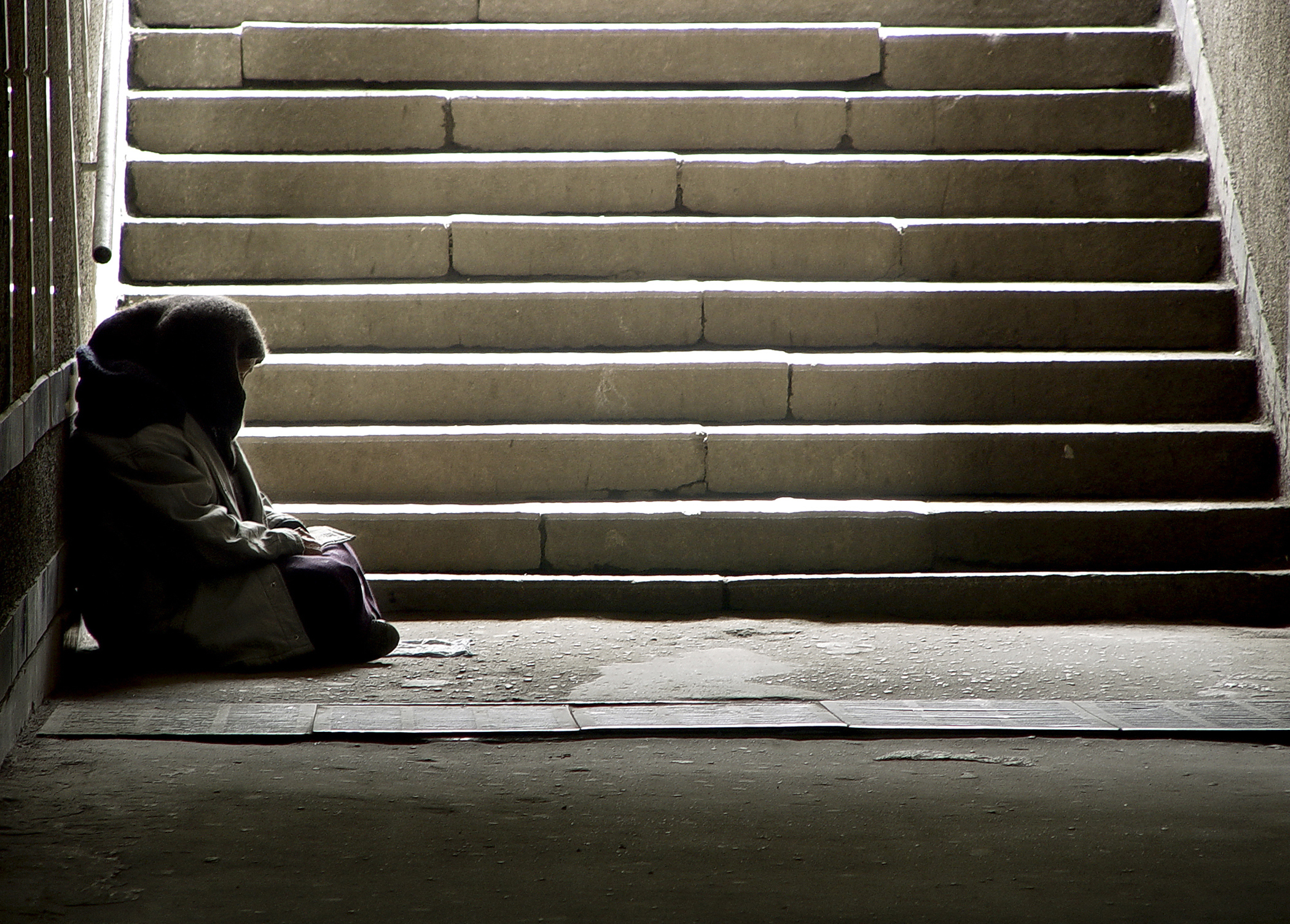
The Obama Administration issued a final rule that halts discrimination at homeless shelters.
Almost a third of transgender people who have tried to stay at a homeless shelter were turned away, while slightly less than half of transgender people in homeless shelters were placed in facilities for a gender they did not identify with. But thanks to a new final rule released by the U.S. Department of Housing and Urban Development (HUD), transgender peoples’ access to homeless shelters may improve.
The final rule requires all shelters that receive federal funding—including shelters where residents share sleeping quarters and bathing facilities—to provide housing to transgender people according to their gender identity. The rule defines gender identity as “the gender with which a person identifies, regardless of the sex assigned to that person at birth and regardless of the person’s perceived gender identity.” It also prohibits intrusive questioning by shelter employees about a transgender person’s anatomical or medical information.
HUD’s action follows a report from the Center for American Progress and the Equal Rights Center that found transgender people often face discrimination at homeless shelters. According to the report, most homeless shelters refused to accommodate transgender women based on their gender identity, with results varying by whether states had nondiscrimination protections for transgender people. In fact, just 30 percent of homeless shelters that were surveyed as part of the report said they would house a transgender woman with other women. The report concluded that HUD should explicitly establish the right of transgender people to be housed in shelters based on their gender identity.
The high occurrence of exclusion from homeless shelters is a problem for a population that already faces high rates of homelessness. An earlier survey conducted by the National Center for Transgender Equality and the National LGBTQ Task Force found that nearly one-fifth of transgender people had experienced homelessness.
Before issuing this final rule, HUD took other steps to address the rights of transgender people at homeless shelters. For instance, HUD issued a rule that barred discrimination against transgender people in housing funded or insured by HUD, but it did not apply to transgender people seeking access to shelters. A 2015 guidance laid out HUD’s expectations for accommodating transgender people at shelters but did not create any new legal requirements for shelters. The new rule goes a step further by creating legal requirements relating to shelter access for transgender individuals.
HUD Secretary Julián Castro said the new rule marks “another important step to ensure full acceptance of transgender and gender non-conforming individuals in the programs HUD supports.” Castro framed the rule as a solution to a double bind for homeless transgender people, “who are routinely forced to choose between being placed in facilities against their gender identity or living on our streets.”
But organizations that advocate on behalf of homeless shelters argue that the rule may endanger the safety of people in shelters. A comment on the proposed rule from Catholic Charities USA focused on “the privacy, health and safety needs” of people in shelters. The group said that the rule interferes with a shelter’s ability to determine placements on an individual basis and to spot “attempted misuse” by people misrepresenting their gender identity to violate the privacy and security of others.
The Association of Gospel Rescue Missions also argued that HUD acted without statutory authority and ignored “the health, safety, and privacy needs of non-transgender guests.”
However, HUD’s new final rule garnered praise from advocacy groups focused on transgender rights. Sarah Warbelow, Legal Director at the Human Rights Campaign, said that “[t]oo many transgender people must choose between living on the streets or being mistreated in a shelter. This lifesaving rule will help more transgender people gain access to safe and affirming housing.”
Laura E. Durso, Senior Director of the LGBT Research and Communications Project at the Center for American Progress, said that HUD’s new rule shows that the “Obama administration continues to make good on its promise to stand with transgender people and ensure equality on the basis of gender identity.”
Indeed, the rule is but the latest move in a multifaceted effort by the Obama Administration to promote transgender rights. Earlier this year, the U.S. Department of Justice (DOJ) and the U.S. Department of Education issued a joint guidance to public schools explaining that Title IX—a federal law that prohibits sex discrimination in education—ensures transgender students’ rights to engage in school activities and use school facilities. The U.S. Department of Health and Human Services also issued a final rule stating the Affordable Care Act prevents health insurers from discriminating on the basis of gender identity.
Earlier this year, DOJ sued North Carolina over a law that denies transgender people access to public restrooms, claiming that it amounts to sex discrimination prohibited by federal law. While announcing the suit, the Attorney General of the United States Loretta E. Lynch stated that “the entire Obama Administration wants [the transgender community] to know that we see you; we stand with you; and we will do everything we can to protect you going forward.”
HUD’s new rule takes effect this month.



